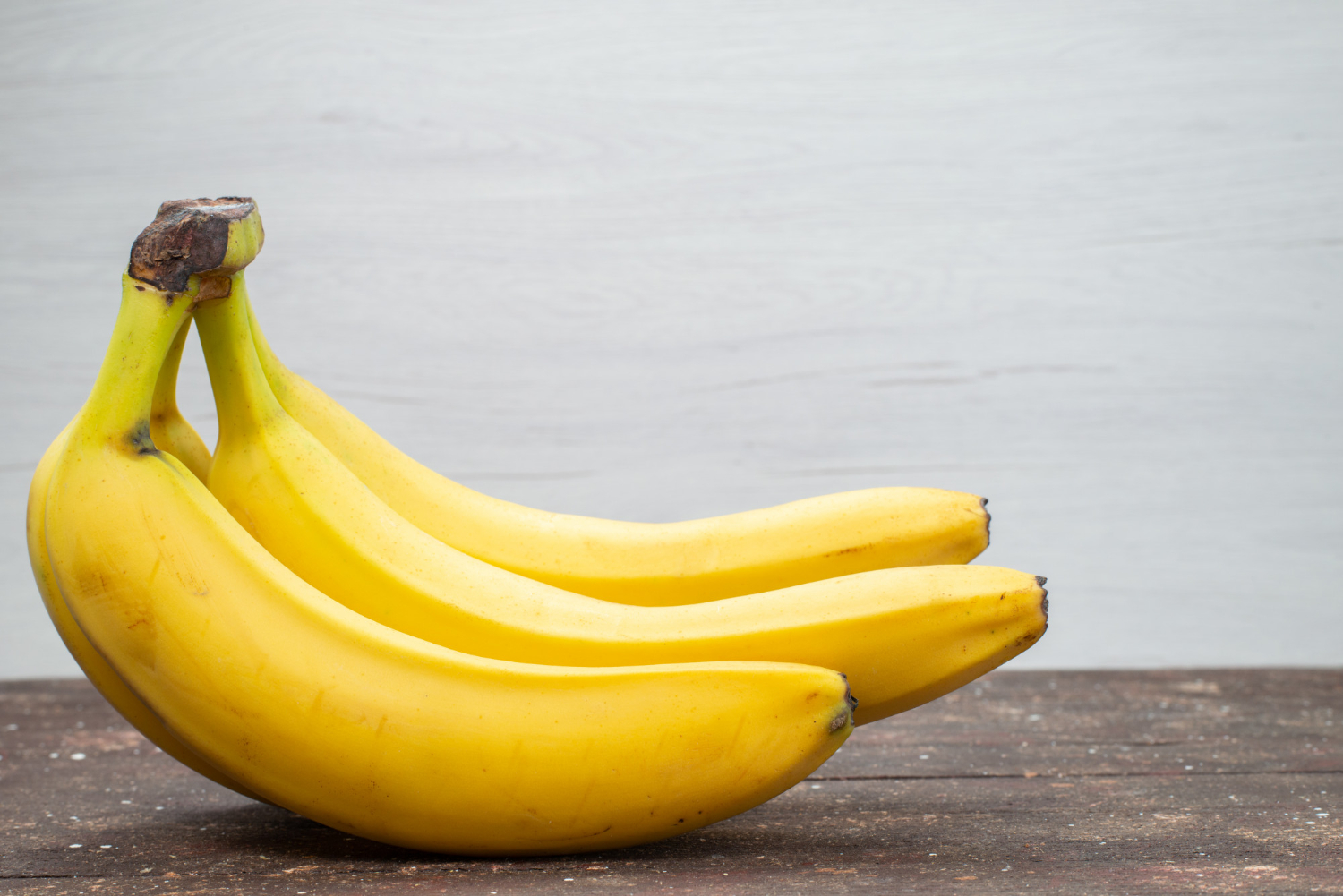Bananas are a popular and widely consumed fruit that is available throughout the year in many countries, including Thailand. However, the peak season for bananas in Thailand is typically from May to August.
Thailand is known for its variety of bananas, including the popular “Kluai Namwa” variety, which is widely cultivated and consumed in the country. Kluai Namwa bananas have a sweet flavor and creamy texture.
Bananas are not only delicious but also provide several health benefits. They are a good source of vitamins, particularly vitamin C and vitamin B6. They are also rich in dietary fiber, potassium, and antioxidants.

How to grow banana
- Climate and Soil: Bananas thrive in tropical or subtropical climates with consistent temperatures between 75-95°F (24-35°C). They require well-drained soil with a pH level of 5.5-7.0.
- Selecting Banana Variety: There are numerous banana varieties available, so choose one that suits your climate and taste preferences. Common varieties include Cavendish, Lady Finger (also known as Sugar Banana or Pome), and Plantain.
- Planting Method: The most common method for planting bananas is through the use of suckers, which are small shoots that emerge from the base of the main banana plant. Here’s a step-by-step guide on how to plant bananas using suckers
- Spacing: Leave adequate space between banana plants, as they can grow into large clumps. The spacing will depend on the variety and the specific recommendations for your region.
- Watering: Bananas require regular watering to keep the soil consistently moist. Provide sufficient water to the plants, especially during dry periods. However, avoid waterlogging, as it can lead to root rot.
- Fertilization: Apply balanced fertilizers or organic compost regularly to provide necessary nutrients for the banana plants. Follow the recommended dosage and frequency based on the specific fertilizer or compost being used.
- Mulching: Apply a layer of organic mulch, such as straw or dried leaves, around the base of the plants. Mulching helps retain moisture, suppresses weed growth, and provides nutrients as it decomposes.
- Pruning: Prune away any dead or damaged leaves to maintain plant health and improve air circulation. Remove spent stalks after fruiting to make room for new growth.
- Pests and Diseases: Watch out for common pests and diseases that can affect bananas, such as banana aphids, banana weevils, and Panama disease. Take appropriate measures, such as using organic insecticides or disease-resistant varieties, to protect your plants.
- Harvesting: Bananas take around 9-12 months to mature and produce fruit. Harvest the bunches when the fruit is fully developed and starts to show color. Cut the bunches from the plant using a sharp knife, leaving a small portion of the stem attached.
Source of information : https://chat.openai.com/
Other fruits : https://thailandseasonfruit.com/
